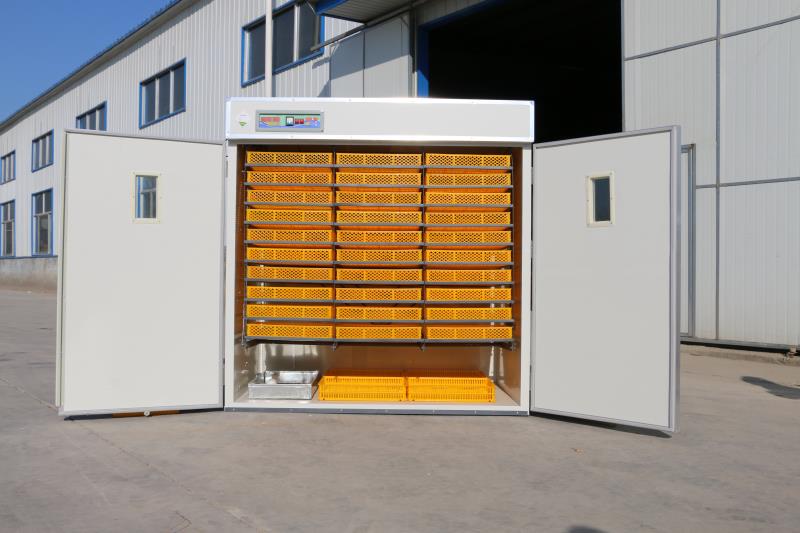Optimal Feed Pelleting Machinery for Enhanced Animal Nutrition and Feed Production Efficiency
8 月 . 12, 2024 08:26 Back to list
Optimal Feed Pelleting Machinery for Enhanced Animal Nutrition and Feed Production Efficiency
The Importance of Feed Pelleting Machines in Animal Nutrition
In the modern agricultural landscape, efficient animal husbandry is paramount to ensure the sustainable production of livestock and poultry. One of the key components in achieving optimal animal health and growth is the provision of high-quality feed. Among the various technologies employed in feed production, the feed pelleting machine stands out as a vital piece of equipment that significantly enhances the nutritional value and palatability of animal feed.
What is a Feed Pelleting Machine?
A feed pelleting machine is a specialized device designed to process raw feed ingredients into compact, uniform pellets. The process involves several stages, including grinding, mixing, conditioning, and pressing. By applying heat and pressure, the machine transforms the feed ingredients into dense pellets that are easier for animals to consume. This not only improves the efficiency of feed utilization but also reduces waste, making feeding practices more economical and environmentally friendly.
Benefits of Feed Pelleting
1. Enhanced Nutritional Value The pelleting process can help in the gelatinization of starches, making nutrients more accessible for digestion. This is particularly important for monogastric animals like pigs and poultry, which require a highly digestible source of energy.
2. Improved Palatability Pellets tend to have better taste and smell compared to loose feed, which aids in stimulating animal appetite. The uniform size of the pellets ensures that animals can consume them more easily, which can lead to better feed conversion rates and overall growth performance.
feed pelleting machine

3. Reduced Feed Wastage Loose feed is more likely to be scattered or spilled, leading to wastage. Pelleted feed, on the other hand, is less prone to being lost during feeding, which helps farmers make the most of their feed resources.
4. Easier Handling and Storage Pellets are more compact than powdered or granular feed, making them easier to store and transport. They take up less space and are less susceptible to spoilage, pests, and adverse weather conditions.
5. Disease Control The high temperatures involved in the pelleting process can help eliminate pathogens and spoilage organisms present in raw feed ingredients. This reduces the risk of disease transmission among livestock, promoting healthier animals and more productive farms.
Selecting the Right Pelleting Machine
When choosing a feed pelleting machine, several factors must be considered to ensure optimal performance and return on investment. Key considerations include the machine's capacity, the type of feed production desired, energy efficiency, and ease of maintenance. It's also important to evaluate the company's reputation and customer support to ensure that the equipment will be reliable and beneficial in the long term.
Conclusion
The role of feed pelleting machines in animal nutrition cannot be overstated. As the global demand for meat, dairy, and eggs continues to rise, farmers and feed producers must adopt more efficient and sustainable practices. Investing in high-quality feed pelleting machinery not only improves feed efficiency and animal health but also contributes to overall agricultural productivity. In an era where environmental sustainability is becoming increasingly important, pelleted feed represents a significant advancement in animal nutrition that benefits producers, animals, and the planet alike. By leveraging this technology, stakeholders in the agricultural sector can work toward achieving higher standards of quality and sustainability in livestock production.
-
school
NewsJul.10,2025
-
Vacuum Packing Machine - Efficient & Reliable Vacuum Packaging Solutions for Food & Industrial Use
NewsJun.10,2025
-
High-Quality European Rabbit Cage Durable Welded Rabbit Cage Wire Mesh Supplier
NewsJun.10,2025
-
High-Efficiency Air Inlet Window for Optimal Poultry Ventilation & Cooling
NewsMay.30,2025
-
High-Efficiency Evaporative Cooling Pads Durable & Energy-Saving
NewsMay.30,2025
-
Automatic Egg Collecting Machine High-Efficiency Poultry Farm Solutions
NewsMay.29,2025






